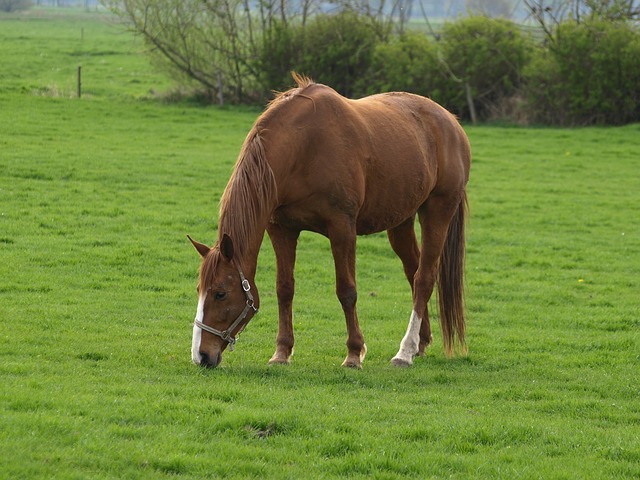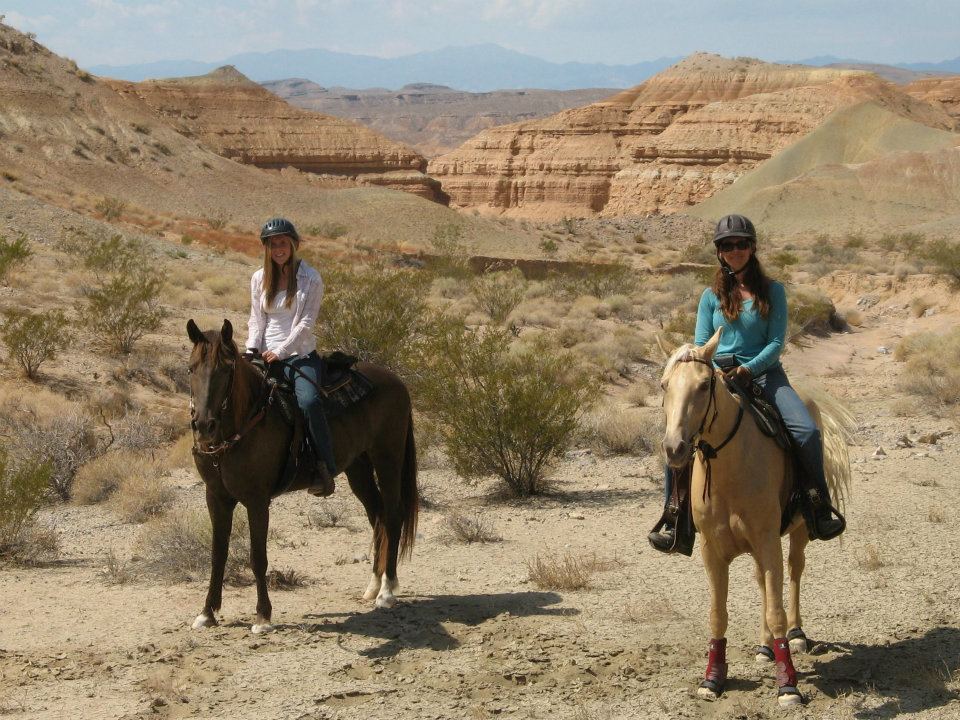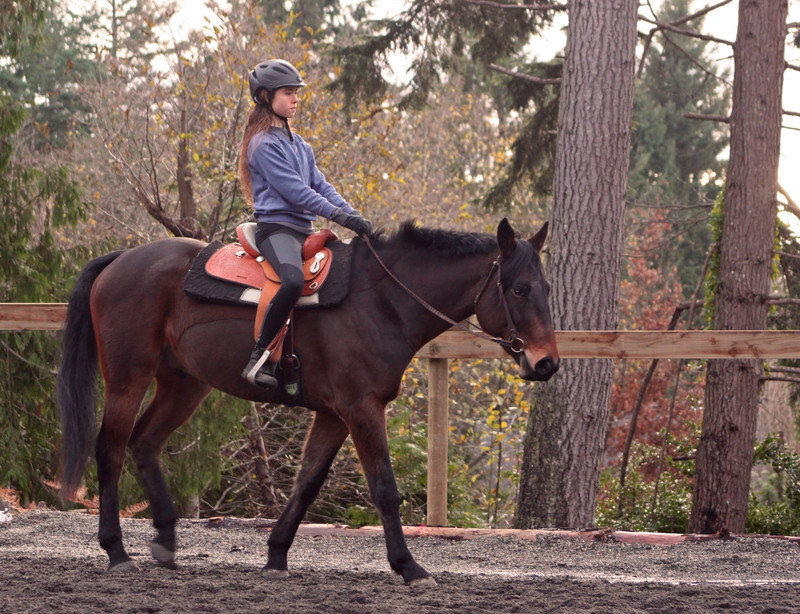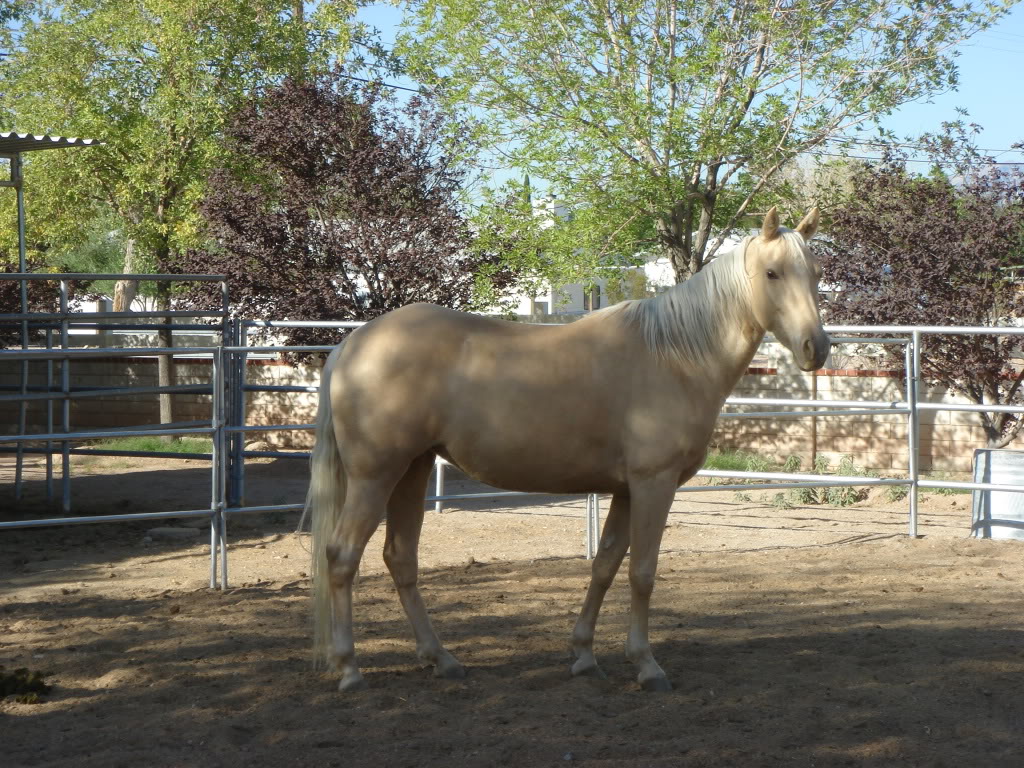This is my personal story about my 6-year battle to finally get both of my horses sand free. It is not being shared as medical advice on how you should treat sand in your horses. It is merely my experience with what worked for me battling sand in my two personal horses.
When I purchased both of my horses around 8 years ago, I knew the importance of having pre-purchase exams done. Both of my horses came through their exams with flying colors except for the veterinarians hearing sand in their abdomens. This was determined by two different veterinarians, one for each horse at different times, by using a stethoscope to listen for the sound that sand makes when inside a horse. Both veterinarians recommended that I treat my horses for 30 days with a psyllium product. I treated both horses for 30 days with one of the very well known psyllium products and went on with my life assuming my horses were clear of sand. After the initial 30 days of treatment, I did the maintenance treatment of 7 days a month every month.
About 5 months later, my veterinarian came out to do spring vaccinations for both horses. During the visit, my veterinarian checked their teeth, their vitals signs, and listened to their abdomens for sand. Unfortunately, my veterinarian could still hear sand in both of my horses. She proceeded to look at their stalls and the turnout areas, and she determined that they shouldn’t be picking up much if any sand from those areas. Her recommendation was to do another 30 days of a sand clearing product. I followed her directions again using one of the very well known psyllium brands.
When my veterinarian came out again in the fall to do fall vaccinations, it was determined that my horses still had sand in their abdomens. Again the recommendation was 30 days of a sand clearing product. I decided to try a different brand this time so I chose another well-known psyllium product and repeated the 30-day treatment and the 7 days a month maintenance schedule.
I started to feel like I was in the movie Ground Hog Day as every 6 months my veterinarian would return for vaccinations and hear sand every time. My veterinarian was stumped about what was going on with my horses. At this point, she suggested doing 30 days of a sand clearing product every 3rd month to hopefully, finally clear out all the sand. This went on for several more years.
During those years, I started finding enteroliths in both of my horse’s stalls. Enteroliths are stones that form around a foreign object, such as sand, within the horse’s intestines. They are composed of minerals and form in layers like the rings of a tree. Enteroliths can get so big as to cause a blockage that requires surgery to remove.
At this point, my stress level about my horse’s health was off the charts. Nothing my veterinarian was recommending and I was doing was helping. I continued to find enteroliths in my horse’s stalls. I found round enteroliths which form as a single stone and stones shaped like river rock with flat sides. The flat sided enteroliths meant that there were many forming at the same time side by side.
Up until this point in time, my veterinarian thought all psyllium products were basically the same, but since none of the products I used helped my horses, she told me about another psyllium product that she had heard about called Assure Plus. She spoke to Dr. Altman, the veterinarian that developed Assure Plus, about my horses. Dr. Altman was very intrigued by my situation and I was able to talk to him directly along with his company’s nutritionist.
Dr. Altman gave me instructions on how to use Assure Plus with my horses. I was told to give them Assure Plus every day for 5 weeks, and as the end of the 5 weeks approached, I should have my veterinarian out to listen for sand. When my veterinarian came out days before the 5 weeks were up, my mare was sand free.. finally! My gelding still had some sand so I was instructed to continue with Assure Plus for 8 weeks following a one week on one week off schedule. At that point, my gelding was also sand free for the first time in the 6 years I had owned him. During the two months of continued treatment of my gelding, my mare was on the 7 days a month maintenance dose, and she was still remaining sand free.
Soon after completing the sand removal treatment of my gelding, he had a massive passing of enterolith stones. I found 23 stones in his stall in one day, and within a 24 hour period of finding the first stones, he passed a total of 43. Here are a couple pictures of the enteroliths I found in one day.
For the past 2 1/2 years, I have continued giving my horses Assure Plus for 7 days each month, and in that 2 year period, my horses have remained sand free, and I haven’t found any more enteroliths. Before treatment, finding enteroliths was a common occurrence of at least 1 or 2 a month. Maybe it is just a coincidence, but since my horses have been sand free, I have not found any enteroliths.
My veterinarian now believes that all psyllium products are not equal, and she uses my horses as an example of how effective Assure Plus is for sand removal. She has had great results with other horses with chronic sand accumulation after recommending Assure Plus.





